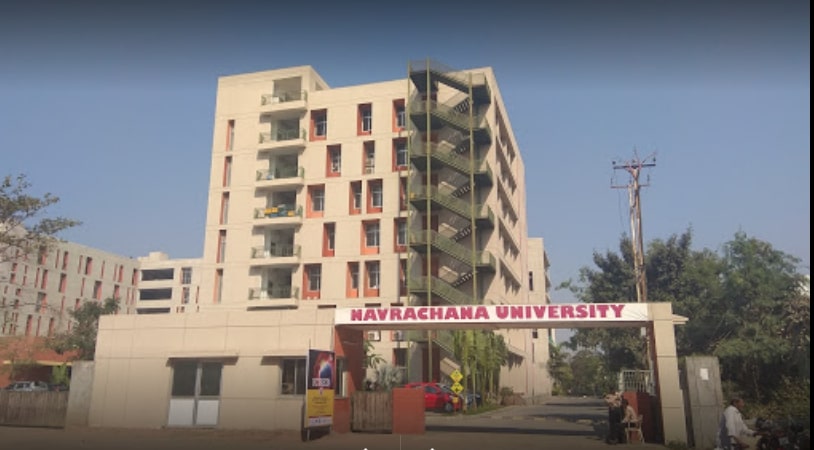
The BSc Program places special emphasis on development of analytical skills, communication skills, entrepreneurship. The use of ICT tools is unique to the program. Choice-based electives from different Programs of the University offer opportunity to explore diverse interests in an interdisciplinary manner and enlarge the educational space. Social connect and know-your-community is achieved through a hands-on project KHOJ, wherein students from many majors across the university work collaboratively and apply disciplinary education in an inter-disciplinary manner to solve complex social problems and bring about social innovation. A capstone project grounded in science and its application offers opportunity to demonstrate knowledge and proficiency in the sciences.
Eligibility : Candidates who have completed 10+2 in Science stream (All Boards) are eligible for admission to BSc Program.
Admission Procedure : Eligible candidates are required to appear for an interaction with experts of the School of Science.
Botany Course Structure
Chemistry Course Structure
Mathematics Course Structure
Zoology Course Structure
Biochemistry Course Structure
Certificate Course in Guidance and Counselling
Foundation Courses